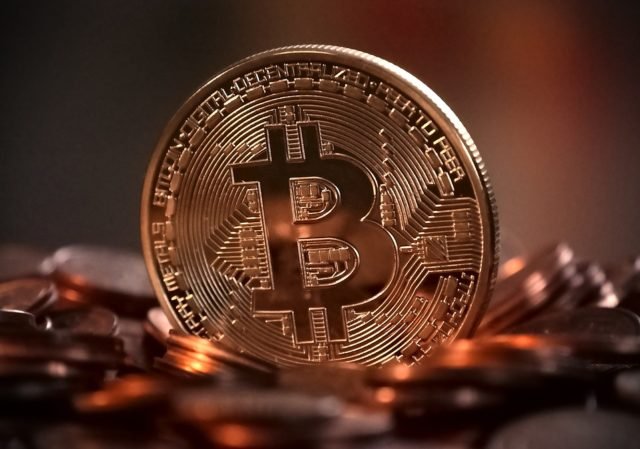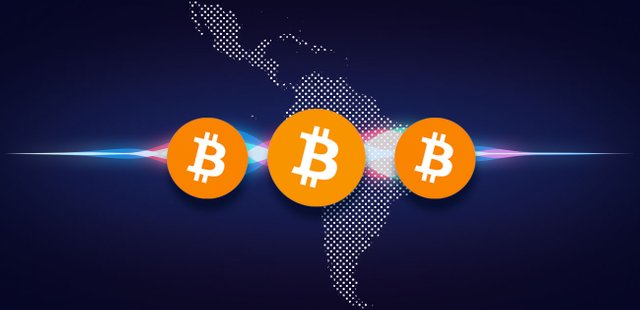BITCOIN IN LATIN AMERICA
The emission of cryptocurrencies such as bitcoin or etherum, among many others, has been increasing in recent years. Its use has been driven by the desire to use a decentralized currency, not controlled by a central bank. Paradoxically, the technological development that has allowed its popularity is also within the reach of the authorities. It is therefore not surprising that a growing number of countries study the possibility of issuing a cryptocurrency, something that could work as a digital version of cash, since it could maintain three of its main characteristics: universality, anonymity and interchangeability without intermediaries.

In Latin America, as well as in other regions, the issuance of a digital currency by a central bank would be a tool to increase the efficiency of interbank and payment systems. In addition, it would serve as an instrument to face a series of important problems for the region: low financial inclusion, high transport costs and cash management, and high informality. With respect to the latter, the identification of the currency issued by the central bank -a novel economic policy alternative made possible by the technology underlying the cryptocurrencies- would be the one that would increase the capacity to supervise financial transactions and the potential to fight against the submerged economy.
There are also drawbacks related to the issue by a central bank of a digital currency. Beyond the costs related to the required infrastructure, the demand for the official cryptocurrency could produce a reduction of bank deposits and, consequently, of credit levels, something that would be particularly negative for Latin America since the problems to find financing They are generally older there. In addition, in the case of opting for the adoption of an identified digital currency, it could provoke a greater demand for anonymous alternative assets, such as the dollar, something familiar to the region, but not necessarily positive since it would cause the loss of independence of monetary policy.
The advantages of adopting a digital currency issued by a central bank are relevant enough for Latin American countries to consider it as a policy alternative. Also, its adoption in the region could end up being a reaction to the issuance of a digital currency in a developed country. What would happen if any Latin American could buy and maintain a digital currency issued on his mobile phone, for example, by the Federal Reserve of the United States? Likewise, its adoption requires before advancing in the understanding of its consequences and in the design of mechanisms that can limit its drawbacks.